October 7, 2025
October 7, 2025
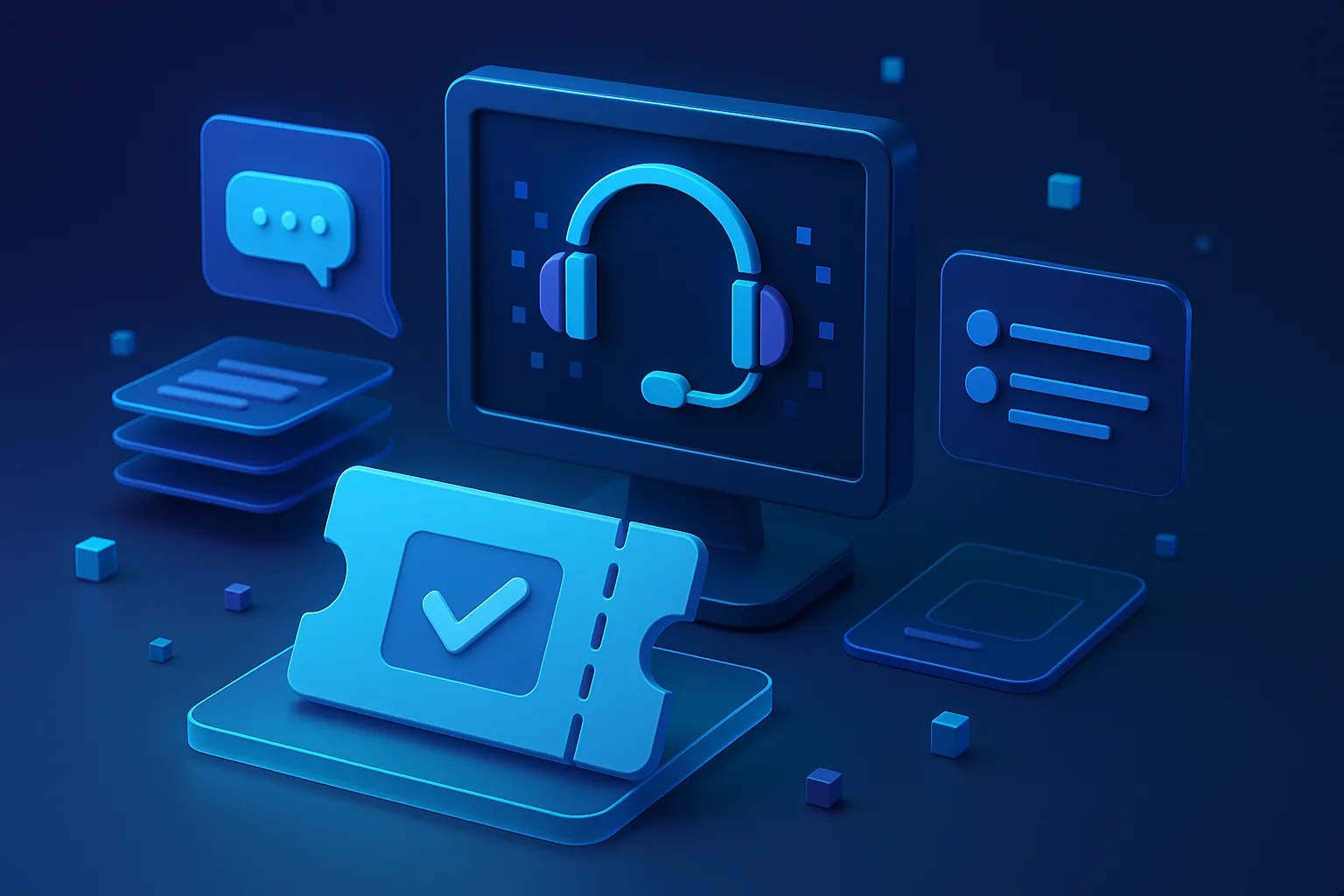
Picture this: a customer reaches out on live chat, another sends an urgent email, and meanwhile, a social media comment sparks a service request. Within minutes, your support team is juggling conversations from three different places and that’s only the start of the day. Without the right system, things slip through the cracks.
With a ticketing solution, every interaction is captured, organized, and assigned, ensuring nothing gets lost and every customer feels heard. More than just software, it’s the foundation for building reliable, scalable, and customer-first support.
A ticketing solution is a software system designed to manage and track customer support requests, often referred to as “tickets.” Each ticket represents an individual customer inquiry, whether it comes from email, live chat, social media, or phone calls and contains all the details needed to resolve the issue.
Instead of scattering conversations across different platforms, a ticketing solution centralizes them into one organized dashboard. This gives support teams full visibility into every request, who is handling it, and what stage it is at in the resolution process. From the customer’s perspective, it means faster responses, fewer misunderstandings, and a smoother experience.
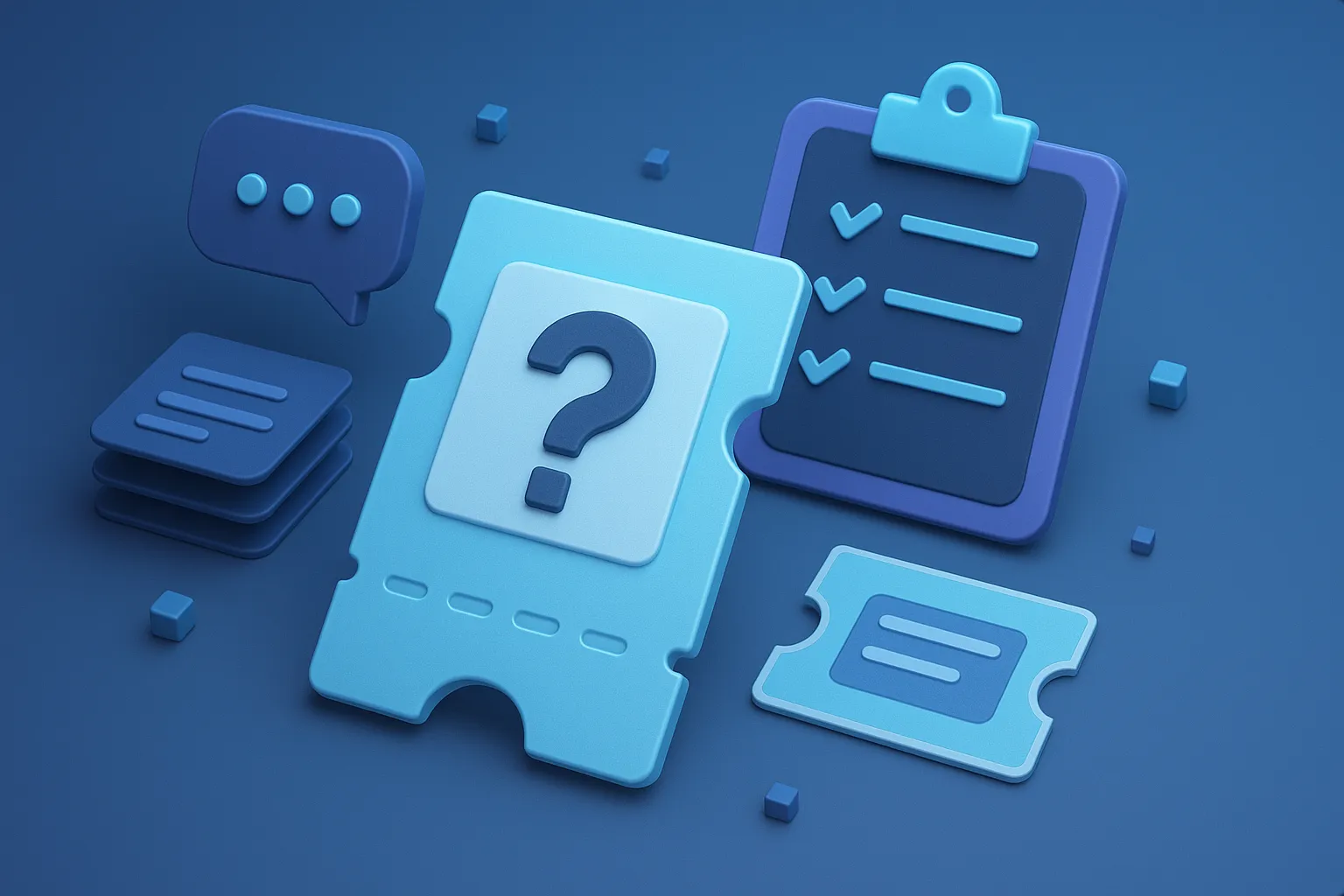
At its core, a ticketing solution works by:
1. Capturing incoming requests from multiple channels.
2. Categorizing and prioritizing tickets based on urgency, topic, or customer type.
3. Assigning tickets to the right agent or department.
4. Tracking progress until the issue is resolved and closed.
This structured approach not only prevents tickets from slipping through the cracks but also enables companies to measure performance through reporting and analytics. Compared to traditional support methods like managing emails manually or logging calls in spreadsheets, a ticketing solution is far more scalable, efficient, and reliable for businesses of all sizes.
In today’s competitive landscape, customer expectations are higher than ever. Quick responses, consistent communication, and reliable resolutions are no longer “nice-to-haves”, they are non-negotiable. Without the right system, support teams often face missed emails, duplicated efforts, or long delays that frustrate customers and damage trust. This is where a ticketing solution becomes essential.
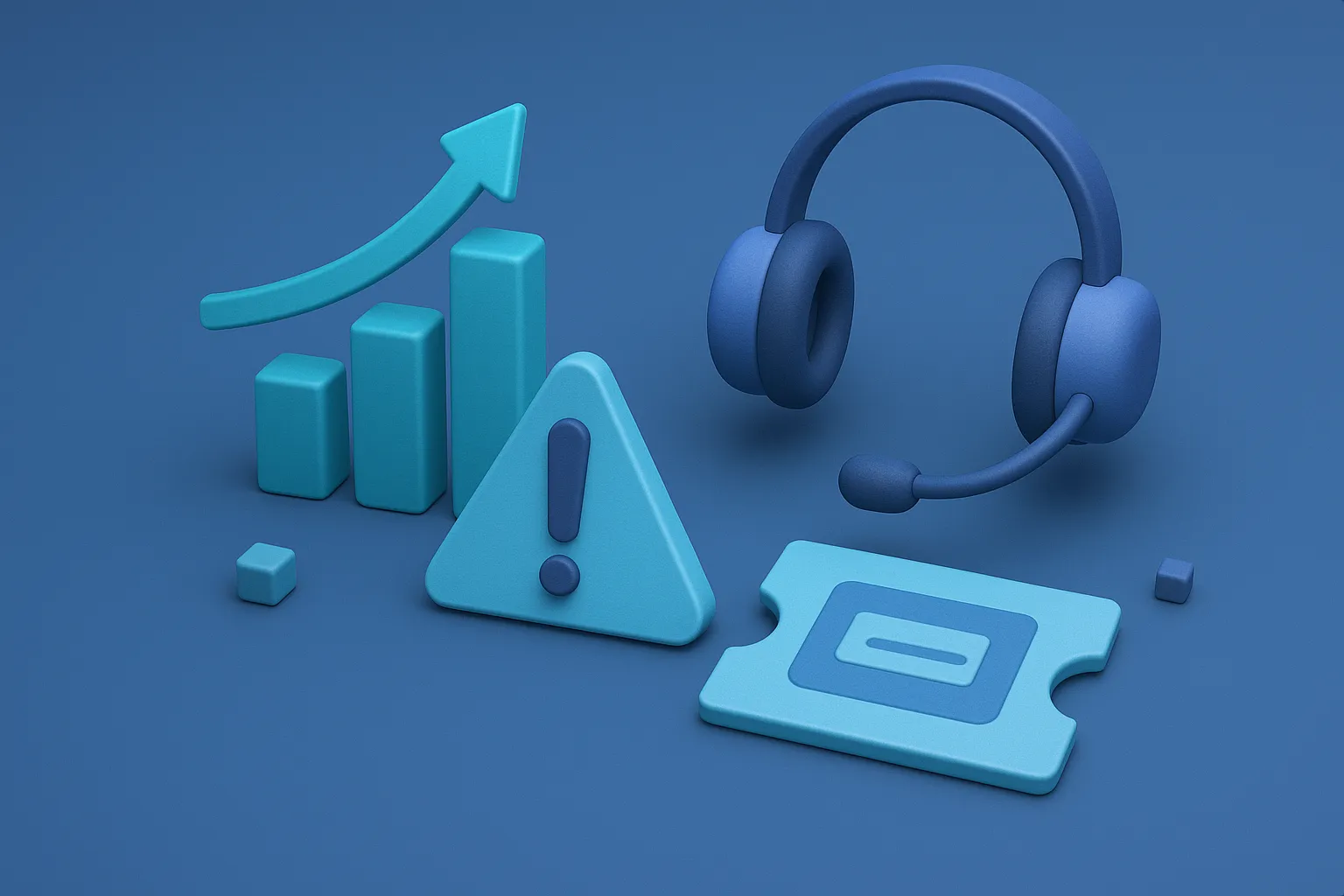
A ticketing solution addresses these pain points by creating a structured workflow for handling requests. Instead of scrambling between emails, chats, and calls, agents manage all inquiries in a centralized platform. This not only reduces errors but also ensures that no customer request goes unanswered.
Key reasons businesses need a ticketing solution include:
Ultimately, investing in a ticketing solution is about more than improving operations, it’s about building trust and long-term relationships with customers. When clients feel heard and valued, they are far more likely to remain loyal and recommend your brand.
Different businesses face different challenges in customer support, which is why not all ticketing systems are designed the same way. Choosing the right type of ticketing solution depends on whether your team focuses on technical support, customer inquiries, or even product development tasks. Below are three of the most common types of ticketing systems:
A help desk ticketing system is designed primarily for technical support and IT service management. It acts as a centralized hub where users, internal employees or external customers can log their issues. Each request becomes a “ticket” that contains key details such as the user’s contact information, a description of the issue, and its current status.
Support teams use the system to assign, prioritize, and track tickets, ensuring that issues are resolved within service level agreements (SLAs). This structure makes help desk ticketing systems especially useful for organizations that rely heavily on IT infrastructure and need a systematic way to handle technical incidents.
Unlike IT-focused systems, customer service ticketing solutions are tailored to handle requests from multiple channels such as email, phone, live chat, and social media. When a customer contacts the service team, the system automatically creates a ticket and routes it to the right agent with the necessary expertise.
For example, if a customer reports an urgent hardware problem through an online portal, the ticketing system can categorize it as “hardware issue” and mark it as “urgent.” This ensures that the request is directed to a technician who can address the problem quickly, improving both response time and customer satisfaction.
Ticketing systems are not only for customer service, they are also vital in software development. In this context, tickets often represent feature requests, bug reports, or project tasks. Stakeholders such as product managers, developers, or clients can submit tickets containing the task description, priority level, and dependencies.
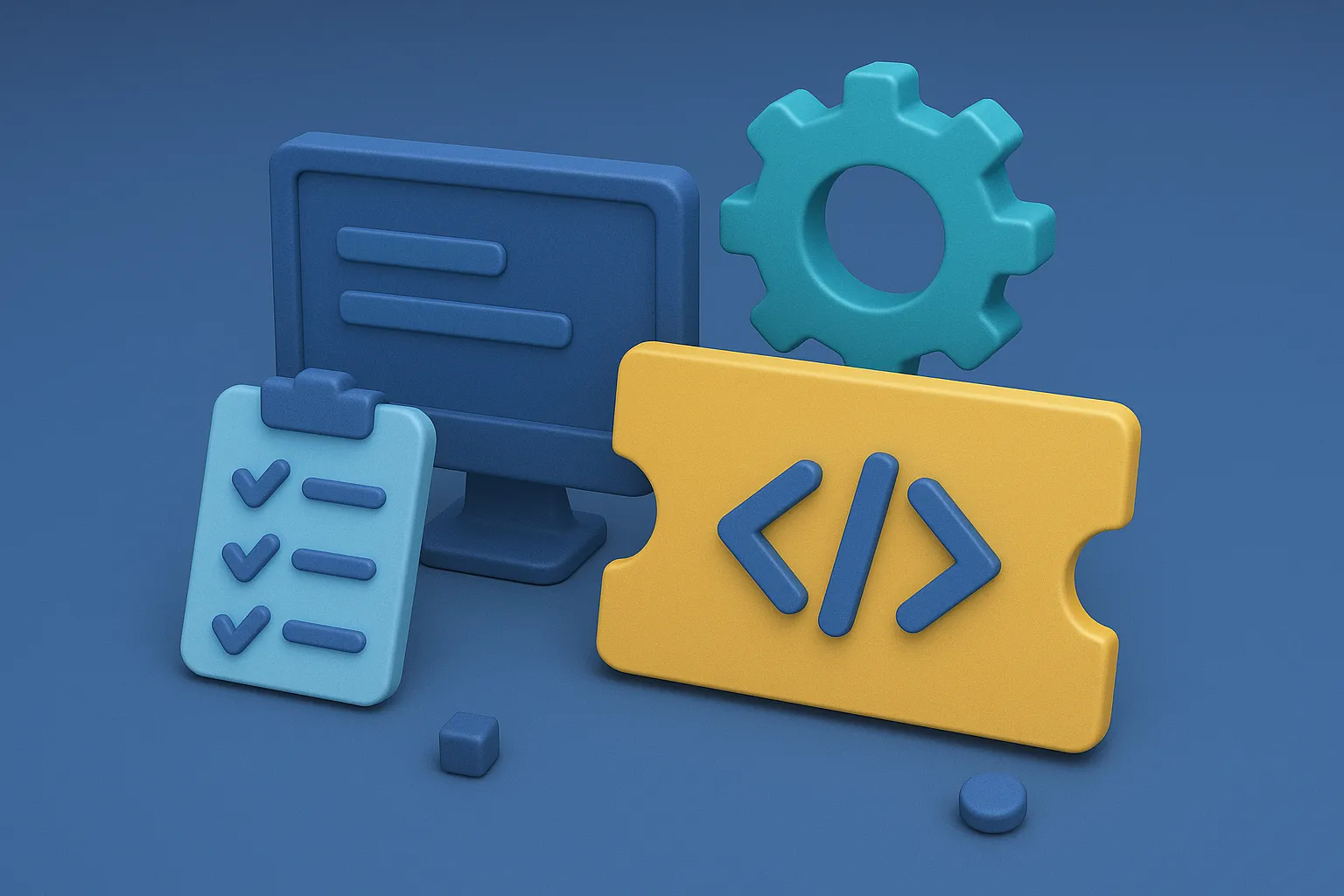
For instance, a product manager might submit a ticket requesting a new feature that allows users to filter results by location in a mobile app. The system logs this as a “feature request,” prioritizes it as “high,” and assigns it to the developer best suited for the job. This structured workflow ensures better collaboration within development teams and keeps projects on track.
By understanding these different types of customer service ticketing systems, businesses can choose the right approach that fits their goals, whether it’s managing IT issues, improving customer experience, or streamlining product development.
Selecting the right ticketing solution can be a game-changer for your business, but with so many options available, it can also feel overwhelming. The key is to identify a system that aligns with your team’s workflow, customer needs, and long-term business goals. Here’s a step-by-step guide to help you make the best choice:
1. Evaluate Your Support Channels and Volume
Start by assessing how customers reach your support team. Do most requests come through email, live chat, social media, or phone calls? A ticketing solution should be able to capture requests from all relevant channels. Additionally, consider the volume of tickets your team handles daily, high-volume teams may need advanced automation to manage and prioritize requests efficiently.
2. Assess Team Size and Structure
The complexity of your support team also affects which solution is best. Smaller teams may benefit from a simple, intuitive platform that’s easy to set up, while larger teams might require advanced features like automated routing, escalations, and SLA management. Understanding your team’s size and responsibilities ensures the system can scale with your business.
3. Look for Automation and Workflow Capabilities
Automation is a key factor in boosting efficiency. A good ticketing solution can automatically assign tickets to the right agents, prioritize urgent requests, and even send automated responses to customers. Workflow management features, such as custom ticket statuses, tags, and rules, help your team stay organized and responsive.
4. Check Integration Options
Your ticketing system should integrate seamlessly with other tools your business uses, such as CRM software, email platforms, or project management tools. Proper integrations ensure a smooth flow of information, reduce duplicate work, and provide a more complete view of customer interactions.
5. Evaluate Reporting and Analytics
Data-driven insights help you measure team performance, identify bottlenecks, and improve customer service over time. Look for ticketing solutions that offer robust reporting, dashboards, and analytics tools to track metrics like response times, ticket resolution rates, and customer satisfaction scores.
6. Consider Usability and Support
Even the most feature-rich solution will fail if your team struggles to use it. Choose a system with a user-friendly interface, clear documentation, and reliable customer support. Many platforms also offer trial periods, taking advantage of these can help you assess usability before committing.
7. Factor in Budget and Total Cost of Ownership
Finally, consider the cost of the solution, not just the initial subscription or license fee, but also the total cost of ownership, including setup, training, maintenance, and future upgrades. Compare multiple solutions to find one that offers the best balance between features, support, and affordability.
By carefully evaluating your business needs, support processes, and budget, you can select a ticketing solution that streamlines workflows, improves customer satisfaction, and scales with your growth. Choosing the right platform isn’t just a software decision, it’s a strategic investment in your company’s customer support excellence.
Choosing the right ticketing solution is critical for improving efficiency, ensuring fast responses, and maintaining high customer satisfaction. Here’s a detailed look at the top platforms that lead the market today.
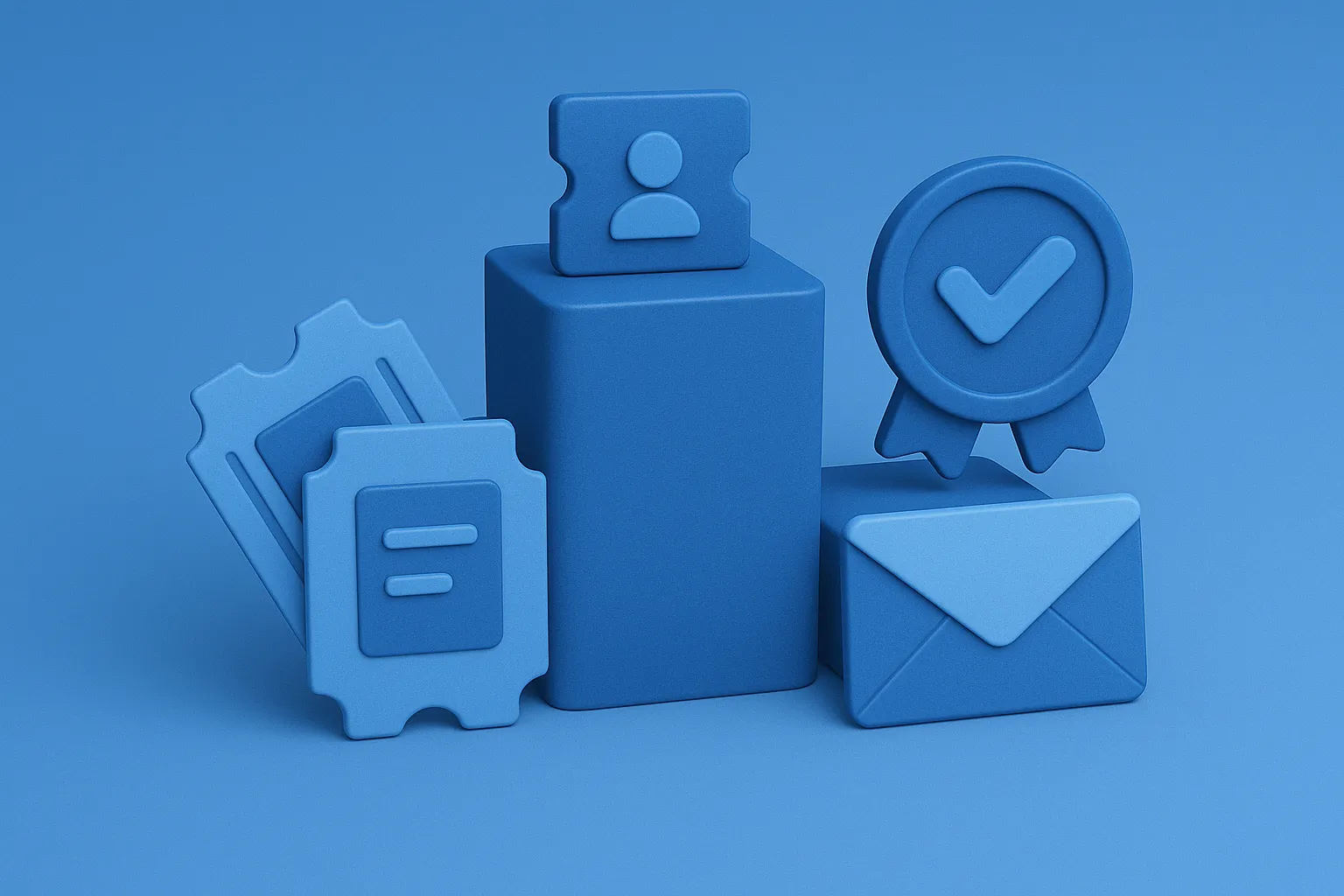
Freshdesk is designed to simplify customer service for small and medium-sized businesses. Its main strengths include:
Freshdesk is ideal for businesses looking for a scalable yet user-friendly ticketing solution that can grow alongside their operations without overwhelming the support team.
Zendesk is a market leader for large organizations that need highly customizable workflows:
Zendesk excels in environments where complex processes, high ticket volume, and diverse customer touchpoints require a powerful, reliable system.
Zoho Desk combines automation with intelligent ticket management at a competitive price point:
This solution is particularly attractive for companies seeking a balance between affordability, automation, and ease of use.
Jira Service Management is tailored for IT and development teams that need structured workflows:
For organizations with internal IT support needs or software development workflows, Jira Service Management ensures that every ticket is tracked, assigned, and resolved with clarity.
HubSpot Service Hub bridges customer support with sales and marketing insights:
This platform is perfect for businesses aiming to combine ticket management with strategic customer relationship management.
When selecting a ticketing solution, consider:
The right ticketing solution is more than software, it’s a strategic tool that improves team productivity, customer satisfaction, and long-term business success.
Conclusion
From streamlining workflows and automating repetitive tasks to providing actionable insights through reporting and analytics, the right platform can turn your customer service from reactive to proactive.
In 2025, solutions like Freshdesk, Zendesk, Zoho Desk, Jira Service Management, and HubSpot Service Hub are leading the way, each catering to different business sizes, industries, and support needs. Whether you’re a small team seeking simplicity, a mid-sized business looking for smart automation, or a large enterprise managing complex workflows, there’s a ticketing solution tailored to your goals.
Investing in the right help desk and ticketing software isn’t just about solving customer issues faster, it’s about creating a seamless, satisfying, and memorable customer experience that strengthens loyalty and drives long-term business growth. Take the time to evaluate your needs, explore the top solutions, and choose the platform that empowers your team to deliver support excellence every single day.